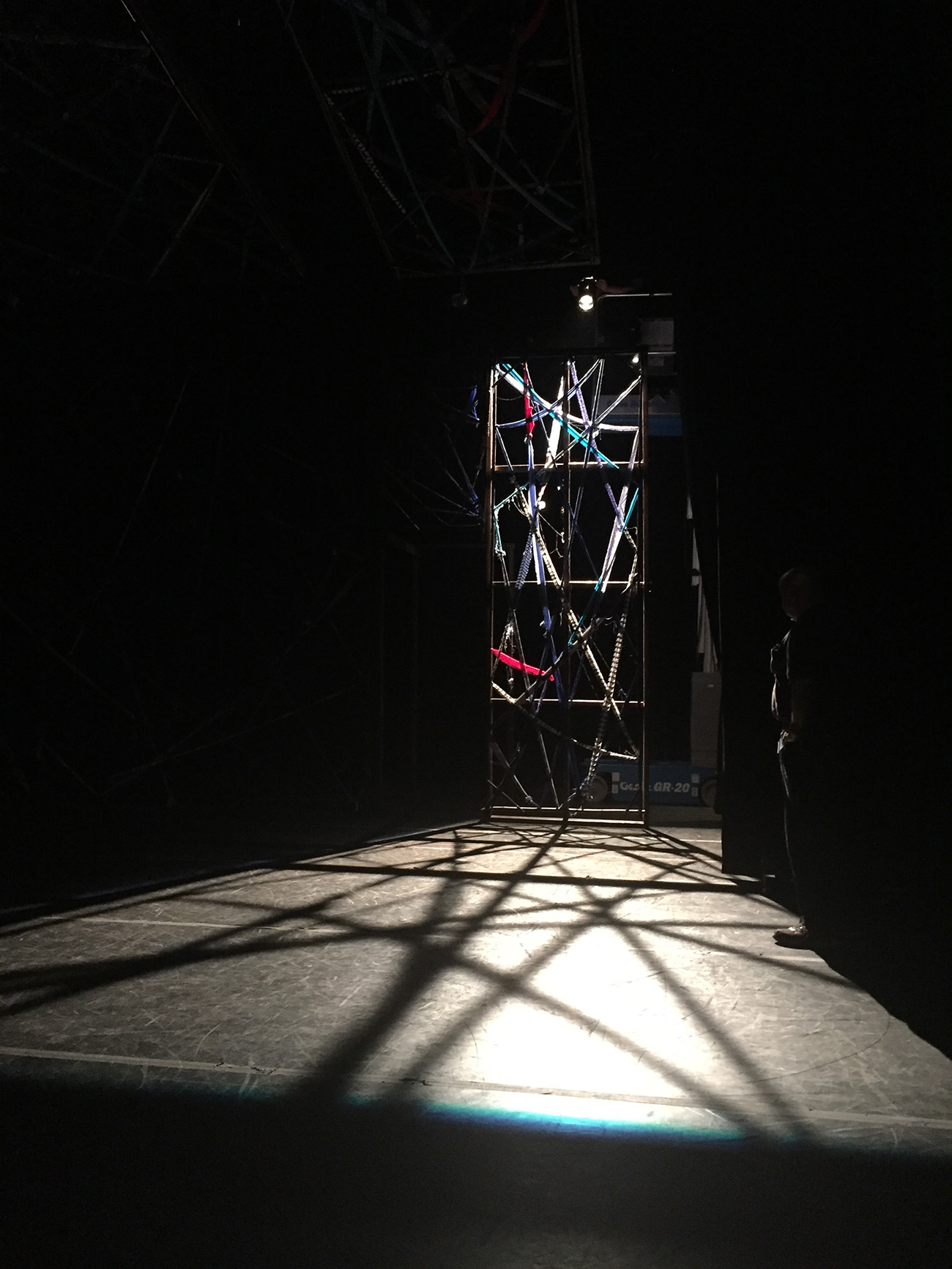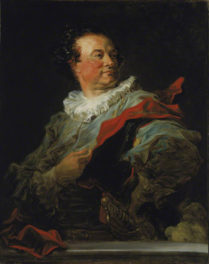“As much as possible, this is a world of shadows.” And so begins the play. What unfolds in 90 minutes is a modern retelling of the myth of the Minotaur. Called Asterion, for the name some scholars give to the Minotaur, this new production is performed at the Getty Villa on November 19 and 20 as part of Villa Theater Lab.
The Myth of the Minotaur
The myth of the Minotaur is a tale full of broken promises, betrayal, tragedy, and violence. At the heart of this story, like so many, is a dysfunctional family.
The myth goes like this:
King Minos, in his attempts to secure the throne of Crete, vowed to sacrifice a bull to the sea god Poseidon if he would make it appear out of the sea. Poseidon granted this wish, and a magnificent white bull appeared. With the favor of the gods proven, Minos’s claim as the rightful king was established.
Full of hubris, Minos decided to keep Poseidon’s white bull and sacrifice a different bull in its place. Poseidon, in revenge, made Minos’s wife Pasiphae fall in love with the white bull. Mad with passion, Pasiphae enlisted the help of the clever inventor Daedalus to unite with the bull. As a result she gave birth to the half-man, half-monster that is Asterion, better known as the Minotaur.
Asterion, being neither man nor beast, required human flesh as sustenance. King Minos commanded Daedalus to build a labyrinth that would imprison the Minotaur—then used the recent death of his son to manipulate public opinion in Athens to deliver human sacrifices for the Minotaur to devour.
Theseus, son of the king of Athens, volunteered to be one of the sacrificial men in order to kill Asterion. Arriving on Crete, Theseus caught the eye of King Minos’s daughter Ariadne. Ariadne, not wanting Theseus to be eaten by her half-brother, went to Daedalus for help.
To save Theseus, Ariadne gave him Daedalus’s instructions for escaping the labyrinth, along with a red thread to help him find his way. Theseus succeeded in killing the Minotaur and escaped, taking Ariadne with him.
(Of course, as with all Greek myths, there’s much more to this tale and many variations besides; but these are the essentials in outline.)
A 21st-Century Adaptation
In Asterion, the myth of the Minotaur is a jumping-off point for a tale of contemporary family and identity. The play tells the story of a son who has just returned home from the war and an exile of sorts. Uncertain of his family’s intentions and tormented by his memories, Asterion must confront his inner monster as he unravels his family’s twisted relationships.
The play, conceived and directed by Ghost Road’s artistic director Katharine Noon, is a coming home of sorts for Ghost Road; their production of Orestes opened the Villa Theater Lab season back in 2009.

Ghost Road Company in rehearsal for Asterion. Photo courtesy of Ghost Road Company

First pieces of the set for Asterion come together in the Getty Villa Auditorium. Photo courtesy of Ghost Road Company
“In the original myth, the character of the Minotaur, who is half man and half bull, is portrayed solely as a beast,” Katharine told me. “In the development of this play, my main interest was in his humanity and his internal battle to make peace with both the monster and the man.”
This visceral, physical, and poetic play reimagines the myth, bringing to the fore issues all too familiar to families of warriors returning from combat. The piece was created in collaboration with the Ghost Road ensemble and guest artists over an 18-month period. Following a workshop production earlier this year, the ensemble traveled to Warsaw to work with Polish theater company Teatr ZAR. The newest iteration incorporates choral elements developed during the Polish residency and includes two of Theatr ZAR’s performers.
“Although the center of our collaboration with Teatr ZAR focused on singing, it has also changed the company in a granular way,” Katharine explained. “We listen differently and more intensely to each other and the environment. We lean in and have found a greater muscularity in word and body.”
_______
See man and beast in Asterion at the Getty Villa on Saturday, November 19, at 3:00 p.m. and 7:30 p.m., and Sunday, November 20, at 3:00 p.m. Tickets are $7 and are available here.





This was a wonderful experience….I am left amazed!
Thanks for presenting this.
Best Wishes, Nick